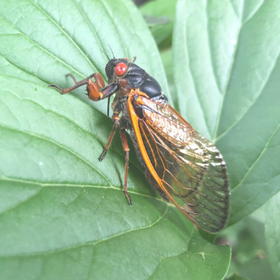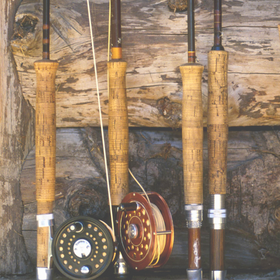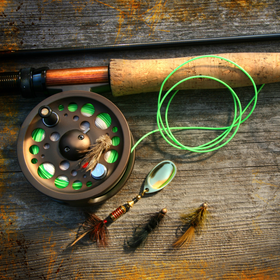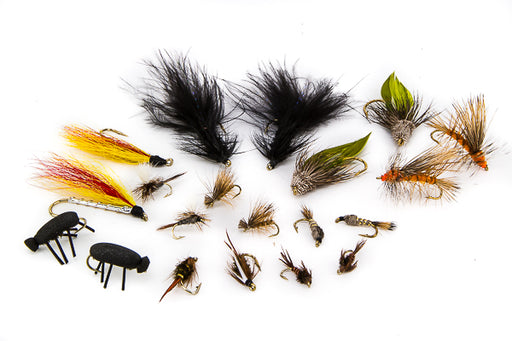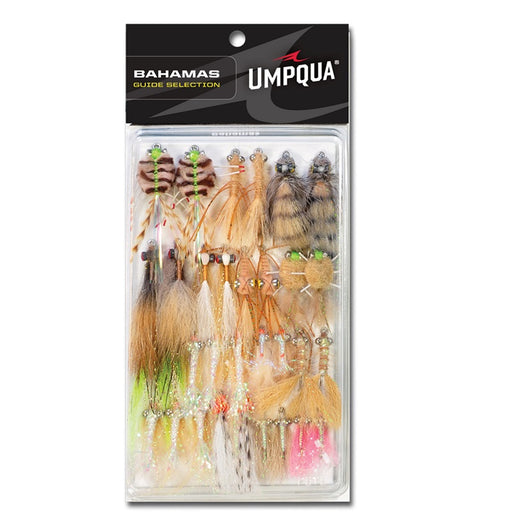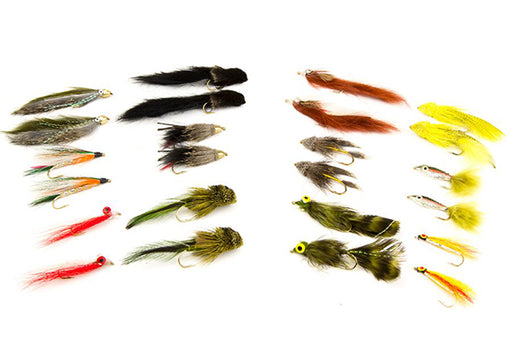
Switch Or Spey
The great majority of our customers looking to purchase a switch rod are typically targeting Steelhead, Trout, and/or Salmon. They generally have some experience targeting these fish with single hand rods and are typically lured to switch rods with the idea of making the jump into spey fishing. In the back of their mind they figure that should the whole "swinging flies" thing not work out it it will make a great nymphing rod. Customer generally gravitate to an all purpose line like Rio's Switch Chucker in hope they can do everything with one line. However things quickly change, once on the river. One typically struggles with the spey casts, then gives nymphing a try only to find it cumbersome and a difficult to mend. This leaves the customer with a $400 plus investment that ends up sitting at the bottom of the closet.. How do I know? Cause I too was once one of these customers. I ended up selling my switch rod and going to a spey, however, some years later I have gravitated back to switch rods, which I truly enjoy and now prefer fishing. Here is why.
We find 90% of the struggle all starts with the line, this is where I went wrong as do most customers. Unfortunately while these lines can do both nymphing and swinging they don't do either well. Take the Rio Switch Chucker for instance, this isn't a bad option for swinging flies, however it isn't a great option either. The head is a bit to long, and while it can handle most flies used to target trout, steelhead, and salmon, it will struggle with some of the bigger intruders used in winter fishing. An angler looking to swing flies will find a shooting head system to be much more versatile and user friendly. Now take that same line and nymph with it. Sure it will nymph okay, but its not meant to do that fully. A heavy/short head with a thin running line makes mending and overhead casting much harder than it needs to be. Something like Rio Switch Line (which shouldn't really be used to swing flies but can in the right hands, with the right flies and circumstances) or a true nymphing line bumped up a size or two will have a longer head and rear taper which is going to preform much better. In short grab the right line for the job, don't expect one line to do every situation perfectly or even well.Swinging Lines
OPST Commando Head
Rio Skagit Max Short
Rio Scandi Short
Rio InTouch Switch Chucker
Nymphing Lines
Rio InTouch Switch Line
Scientific Anglers Andro Line (one size heavy)
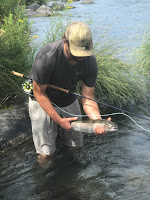 |
| Steelhead caught on the swing |
are going to be much more difficult to overhead cast, if you think you may be using this to nymph with at all stick with rods 11' and shorter. On the other hand a rod over 11' is typically going to load a lot more into the handle of the rod and be capable of handling a larger variety of shooting heads, making it a much more enjoyable spey casting rod. Additionally rods with faster actions are going to be more suitable for nymphing, as they are typically more accurate with overhead casts and mend with more authority. Where as medium/fast action rods tend to be better for swinging as the slower action is going to make feeling the load point on the rod much easier.
Swinging Rods
Douglas DXF
Dual Purpose/Nymping
Beulah Platinum Switch
TFO Axiom II Switch
The reel. Switch rods typically take a 9/10 reel, we do this to insure enough backing can be installed on the rod as lines used are much bigger than on single hand rods. We also find that a heavier reel helps the angler keep their bottom hand down, which when spey casting is extremely important. That being said their are a handful of folks out there that prefer a 7/8 reel as they are fishing smaller tributaries where reducing weight and bulk are more important than backing capacity.
Favorite Switch Rod Reels
Big Y General
Redington Behemoth
Redington Grande
The expectations. Don't expect your switch rod to be the last rod you need. Swinging flies on a switch rod is great to an extent. If your in close corridors, or fishing small to medium rivers these are the best tool for the job. However, if your looking to air out a 100 foot cast your going to be sorely disappointed. When nymphing don't expect these rods to be as manageable as your single hander. Switch rods have a lot of weight in the bottom of them that can feel extremely awkward and do take some casting adjustment. However, once the adjustments are made mending can become much easier which leads to a longer dead drift presentation.
Switch rods like most fly rods are meant to be an addition to your "quiver" rather than a be all end all solution. If you plan on nymphing all day a switch rod will do it, but chances are a single hand 10' rod will be easier to overhead cast over the course of a day. The same is true with swinging flies, a true spey rod is typically going to be a much better fit. Where switch rods do excel are on those days when a long drift presentation is needed, swinging flies in tight corners, and when the only certainty you have is uncertainty. Now get out there and fish on.

